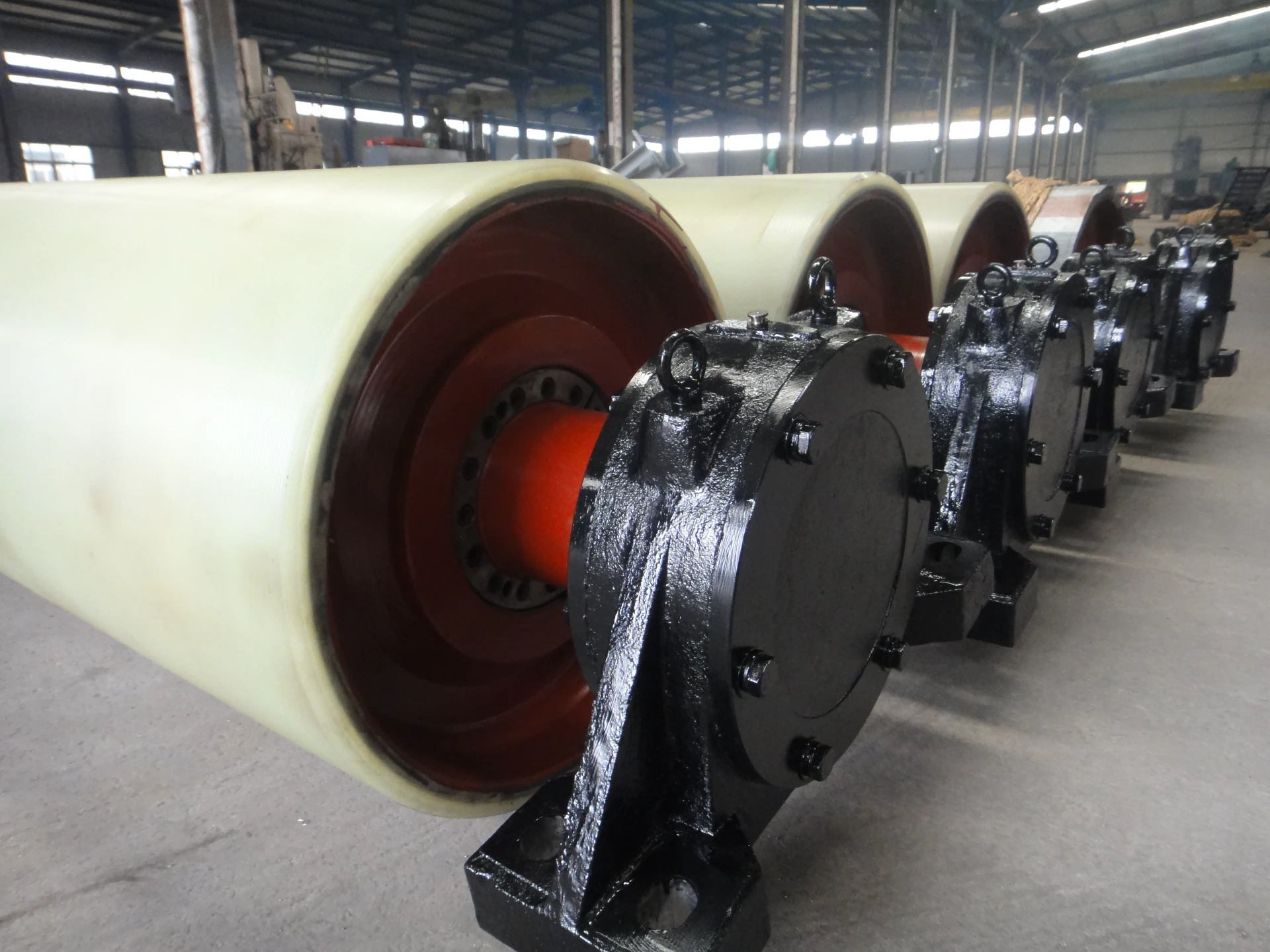 Afrikaans
Afrikaans  Albanian
Albanian  Amharic
Amharic  Arabic
Arabic  Armenian
Armenian  Azerbaijani
Azerbaijani  Basque
Basque  Belarusian
Belarusian  Bengali
Bengali  Bosnian
Bosnian  Bulgarian
Bulgarian  Catalan
Catalan  Cebuano
Cebuano  Corsican
Corsican  Croatian
Croatian  Czech
Czech  Danish
Danish  Dutch
Dutch  English
English  Esperanto
Esperanto  Estonian
Estonian  Finnish
Finnish  French
French  Frisian
Frisian  Galician
Galician  Georgian
Georgian  German
German  Greek
Greek  Gujarati
Gujarati  Haitian Creole
Haitian Creole  hausa
hausa  hawaiian
hawaiian  Hebrew
Hebrew  Hindi
Hindi  Miao
Miao  Hungarian
Hungarian  Icelandic
Icelandic  igbo
igbo  Indonesian
Indonesian  irish
irish  Italian
Italian  Japanese
Japanese  Javanese
Javanese  Kannada
Kannada  kazakh
kazakh  Khmer
Khmer  Rwandese
Rwandese  Korean
Korean  Kurdish
Kurdish  Kyrgyz
Kyrgyz  Lao
Lao  Latin
Latin  Latvian
Latvian  Lithuanian
Lithuanian  Luxembourgish
Luxembourgish  Macedonian
Macedonian  Malgashi
Malgashi  Malay
Malay  Malayalam
Malayalam  Maltese
Maltese  Maori
Maori  Marathi
Marathi  Mongolian
Mongolian  Myanmar
Myanmar  Nepali
Nepali  Norwegian
Norwegian  Norwegian
Norwegian  Occitan
Occitan  Pashto
Pashto  Persian
Persian  Polish
Polish  Portuguese
Portuguese  Punjabi
Punjabi  Romanian
Romanian  Russian
Russian  Samoan
Samoan  Scottish Gaelic
Scottish Gaelic  Serbian
Serbian  Sesotho
Sesotho  Shona
Shona  Sindhi
Sindhi  Sinhala
Sinhala  Slovak
Slovak  Slovenian
Slovenian  Somali
Somali  Spanish
Spanish  Sundanese
Sundanese  Swahili
Swahili  Swedish
Swedish  Tagalog
Tagalog  Tajik
Tajik  Tamil
Tamil  Tatar
Tatar  Telugu
Telugu  Thai
Thai  Turkish
Turkish  Turkmen
Turkmen  Ukrainian
Ukrainian  Urdu
Urdu  Uighur
Uighur  Uzbek
Uzbek  Vietnamese
Vietnamese  Welsh
Welsh  Bantu
Bantu  Yiddish
Yiddish  Yoruba
Yoruba  Zulu
Zulu conveyor belt pulley types
Understanding Conveyor Belt Pulley Types
Conveyor systems are an integral part of many industries, facilitating the efficient movement of materials from one point to another. At the heart of these systems are conveyor belt pulleys, which play a critical role in the performance and reliability of the conveyor. Understanding the different types of conveyor belt pulleys is essential for optimizing the operation of conveyor systems in manufacturing, warehousing, logistics, and mining, among other sectors.
What is a Conveyor Belt Pulley?
A conveyor belt pulley is a cylindrical device used in conveyor systems to support the conveyor belt and facilitate movement. Pulleys serve multiple functions, including acting as a drive mechanism, redirecting the belt, and providing tension to ensure proper functioning. They come in various designs, materials, and sizes, depending on the specific requirements of the application.
Types of Conveyor Belt Pulleys
1. Drive Pulley The drive pulley is the primary component that provides the movement to the conveyor belt. It is typically located at the discharge end of the conveyor and is driven by a motor. Drive pulleys may be equipped with gears or friction drives to enhance power transmission. Their design must optimize belt grip while minimizing slippage.
2. Idler Pulley Idler pulleys are used to support the conveyor belt and maintain its tension. Unlike drive pulleys, idler pulleys do not provide power but are essential for ensuring the belt follows its designated path. These pulleys are placed at various intervals along the conveyor to prevent sagging and extend the life of the belt.
conveyor belt pulley types

3. Return Pulley Return pulleys are situated on the return leg of the conveyor belt, which carries the belt back to the drive pulley after it has discharged its material. These pulleys ensure that the belt is correctly aligned and tensioned on its return path. Proper functioning of return pulleys is vital for the longevity of the conveyor system.
4. Tail Pulley The tail pulley is located at the end of a conveyor system where the loose end of the belt returns after delivering its load. This pulley is crucial for belt tension management and often has more robustness compared to idler pulleys due to the additional stresses it may face.
5. Wing Pulley Wing pulleys are uniquely designed with two or more “wings” that act to reduce the accumulation of material on the pulley surface. This design helps to avoid slippage and provides a self-cleaning feature. They are often used in applications involving heavy or sticky materials.
6. Snub Pulley A snub pulley is used to change the direction of the conveyor belt and improve its grip on the drive pulley. By increasing the contact area between the pulley and the belt, a snub pulley enhances the tension and ensures that the belt operates efficiently.
7. Rubber-Coated Pulley Rubber-coated pulleys are designed to provide greater grip and traction for the conveyor belt. They are often employed in applications where the material being conveyed is heavy or where there is a risk of slippage. The rubber layer helps to absorb shocks and vibrations, improving the overall stability of the system.
Conclusion
Choosing the right type of conveyor belt pulley is crucial for optimizing the performance of a conveyor system. Factors such as the type of material being transported, the distance the material needs to travel, and the environmental conditions must all be considered when selecting pulleys. Proper maintenance and inspection of conveyors and their components, including pulleys, are essential for preventing unexpected breakdowns and ensuring long service life. By understanding the various types of conveyor belt pulleys and their functions, businesses can enhance operational efficiency and productivity, ultimately leading to greater success in their respective industries.
-
Revolutionizing Conveyor Reliability with Advanced Rubber Lagging PulleysNewsJul.22,2025
-
Powering Precision and Durability with Expert Manufacturers of Conveyor ComponentsNewsJul.22,2025
-
Optimizing Conveyor Systems with Advanced Conveyor AccessoriesNewsJul.22,2025
-
Maximize Conveyor Efficiency with Quality Conveyor Idler PulleysNewsJul.22,2025
-
Future-Proof Your Conveyor System with High-Performance Polyurethane RollerNewsJul.22,2025
-
Driving Efficiency Forward with Quality Idlers and RollersNewsJul.22,2025





























